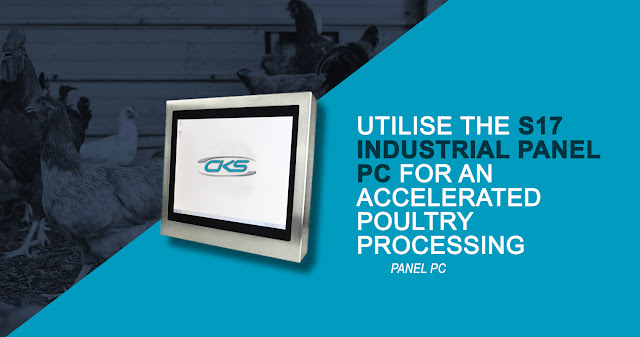The Industrial Computer System Standards and How to Understand Them
Standards for computers are extremely vital because they allow users to have a system that can work with a combination of different components without compromising the integrity of operations. In fact, computers have standards for different elements such as software, hardware, programming languages, data formats, operating systems, electrical, interfaces, and communication protocols. Having standards for these features and components facilitates customisation of a machine when using products from different manufacturers. With the use of standards, manufacturers can construct hardware and software to maximize the computing, multimedia, and communication systems of a device.
Industrial PC Standards
When it comes to an industrial computing system, these standards are a bit different. Besides the traditional operational requirements, an industrial PC has to meet environmental standards as well. It must be capable of functioning in certain temperature ranges. Disc drives have to withstand shock and vibrations. Other standards cater to humidity, dust, expandability, EMI, and power supply requirements.
Three standards are most crucial for an industrial computer system:NEMA, IP, and MIL-STD. MIL-STD or MIL-SPEC refers to military specifications established to design computers that can withstand the environment in combat areas. This standard applies to humidity, shock, vibration, salt fog, temperature, and drop protection. Industrial computers have to meet the current iterations of MIL-STD810 standards. NEMA standards, meanwhile, are used to rate enclosures of computing devices. A machine with NEMA ratings has to undergo strict testing to ensure it meets the environmental protection specified. Finally, IP standards are for liquid and solid penetration protection. The first numeral in the rating refers to protection from solid penetration and the second one is for liquids.
Picking Standards
Selecting an industrial computer system requires careful consideration. First, understand the specific needs of a particular work environment. The humidity, temperature, dust, and drop risks will determine the most suitable standards. Besides the environmental standards, think about the hardware and software needs of an industrial PC. The applications of a computer will dictate the standards for the operations.
Source:
Rugged Notebooks Explained: How Tough is Tough Enough?, Laptop Mag
Industrial PC Standards
When it comes to an industrial computing system, these standards are a bit different. Besides the traditional operational requirements, an industrial PC has to meet environmental standards as well. It must be capable of functioning in certain temperature ranges. Disc drives have to withstand shock and vibrations. Other standards cater to humidity, dust, expandability, EMI, and power supply requirements.
Three standards are most crucial for an industrial computer system:NEMA, IP, and MIL-STD. MIL-STD or MIL-SPEC refers to military specifications established to design computers that can withstand the environment in combat areas. This standard applies to humidity, shock, vibration, salt fog, temperature, and drop protection. Industrial computers have to meet the current iterations of MIL-STD810 standards. NEMA standards, meanwhile, are used to rate enclosures of computing devices. A machine with NEMA ratings has to undergo strict testing to ensure it meets the environmental protection specified. Finally, IP standards are for liquid and solid penetration protection. The first numeral in the rating refers to protection from solid penetration and the second one is for liquids.
Picking Standards
Selecting an industrial computer system requires careful consideration. First, understand the specific needs of a particular work environment. The humidity, temperature, dust, and drop risks will determine the most suitable standards. Besides the environmental standards, think about the hardware and software needs of an industrial PC. The applications of a computer will dictate the standards for the operations.
Source:
Rugged Notebooks Explained: How Tough is Tough Enough?, Laptop Mag

Comments
Post a Comment